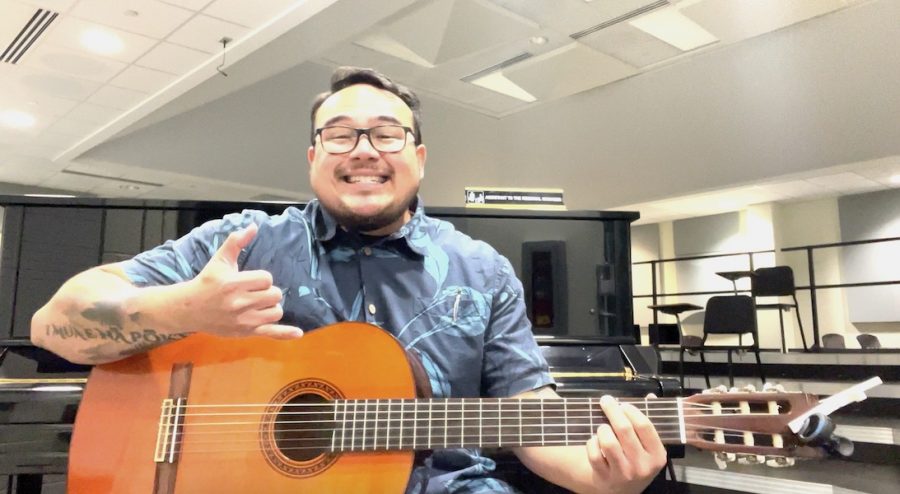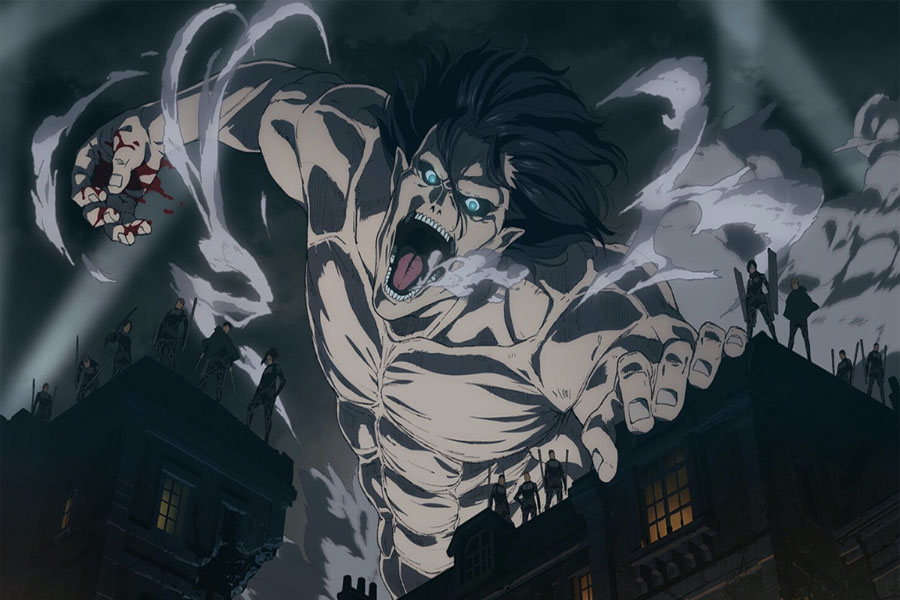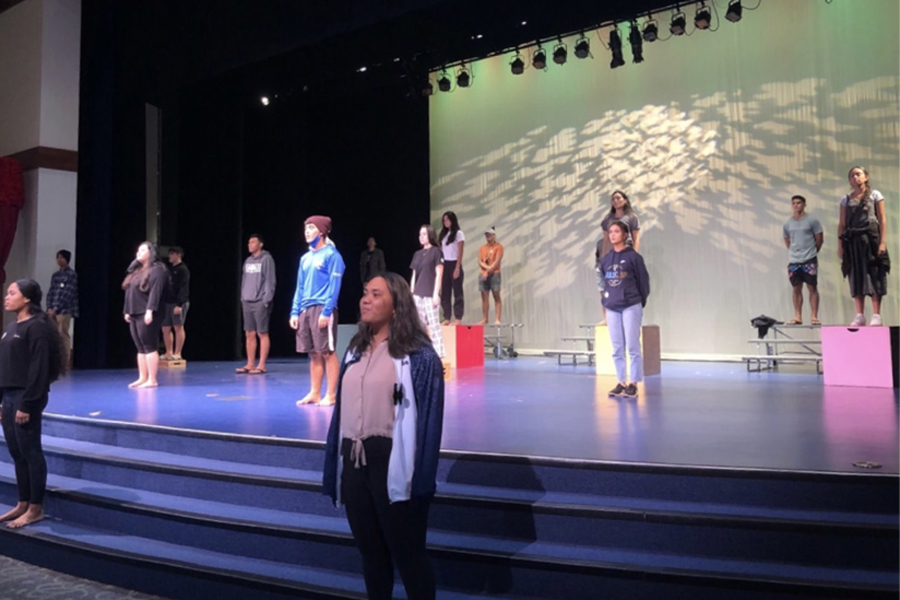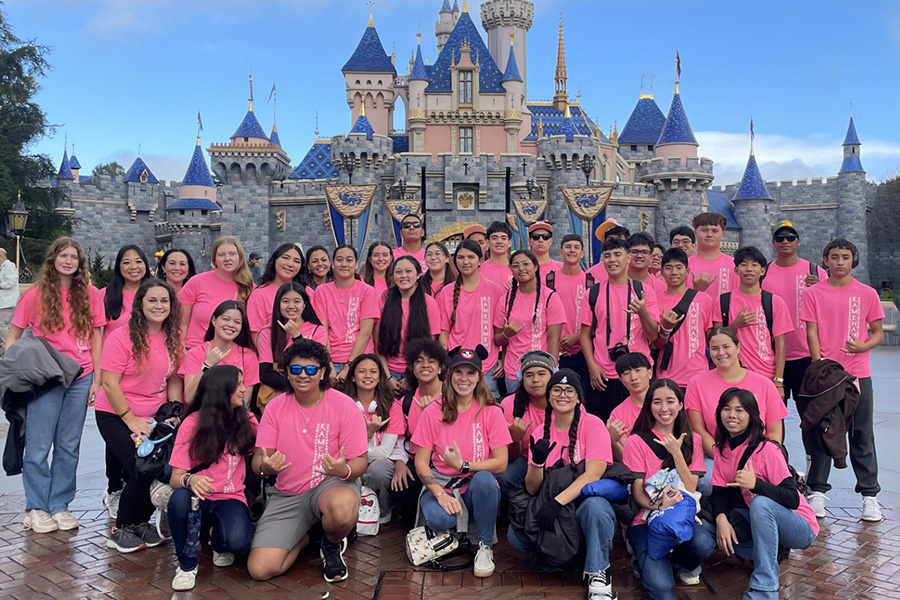PUKALANI – An audience full of Hawaiian cowboys watched three mini-documentaries of paniolo heritage in Keōpūolani Hale with free admission to the public on Thursday, March 29, 2012, in the latest film showing in Ka Huliau lecture and film series.
According to the films, this paniolo heritage is perpetuated today through families who are passionate for the culture and overcome every obstacle they are faced with.
Waimea residents and passionate paniolo Ellen Cordeiro, Pua Case and Ku’ulei Keakealani directed and produced the short films. Award-winning journalist Julia Cumes is also credited with helping to produce one of the three films.
The documentaries shared a rare glimpse of the paniolo, or ranch cowboy, lifestyle at Parker Ranch, the largest ranch in Hawai’i. The films did justice in educating and inspiring through photos and clips of the few paniolo ‘ohana left.
The Paniolo Way, the first film, highlighted a few paniolo families associated with the Parker Ranch. A variety of people spoke about the lifestyle throughout the film. They ranged from credited historians, to fourth-generation cowboys and bull riders.
The second film, entitled Last of the Hawaiian Cowboys, took the viewers on a ride into the life of retired Parker Ranch cowboy Sonny Keakealani. He retold his story about growing up on the ranch and perpetuating the paniolo lifestyle in hopes of encouraging newer generations to follow.
To end the evening, the final film was entitled Ka Nohona Makamae o nā Paniolo: The Treasured Lifestyle of the Paniolo. In order to capture the true essence of the paniolo lifestyle, directors Pua and Keakealani shadowed the lives of a few more paniolo and asked the same question of each: “What does your saddle mean to you?”
The photos and footage constantly played on the audience’s emotions and made for a greater appreciation for the paniolo lifestyle. The mini documentaries would interest both die-hard devotees, as well as those who might not know anything about this subject.
Hawaiian music and instrumentals were incorporated in the film, which helped to intensify the aloha and Hawaiian spirit.
The subjects of these three films were different from other cultural documentaries because the ranchers did not have many materialistic things to be shown, but the films clearly showed their loving hearts and respect for the land, culture and others.
The producers said they hoped to spark an interest in the generations to come to help perpetuate the paniolo lifestyle, and I believe they have certainly achieved that.
For more information, visit www.paniolopreservation.org













